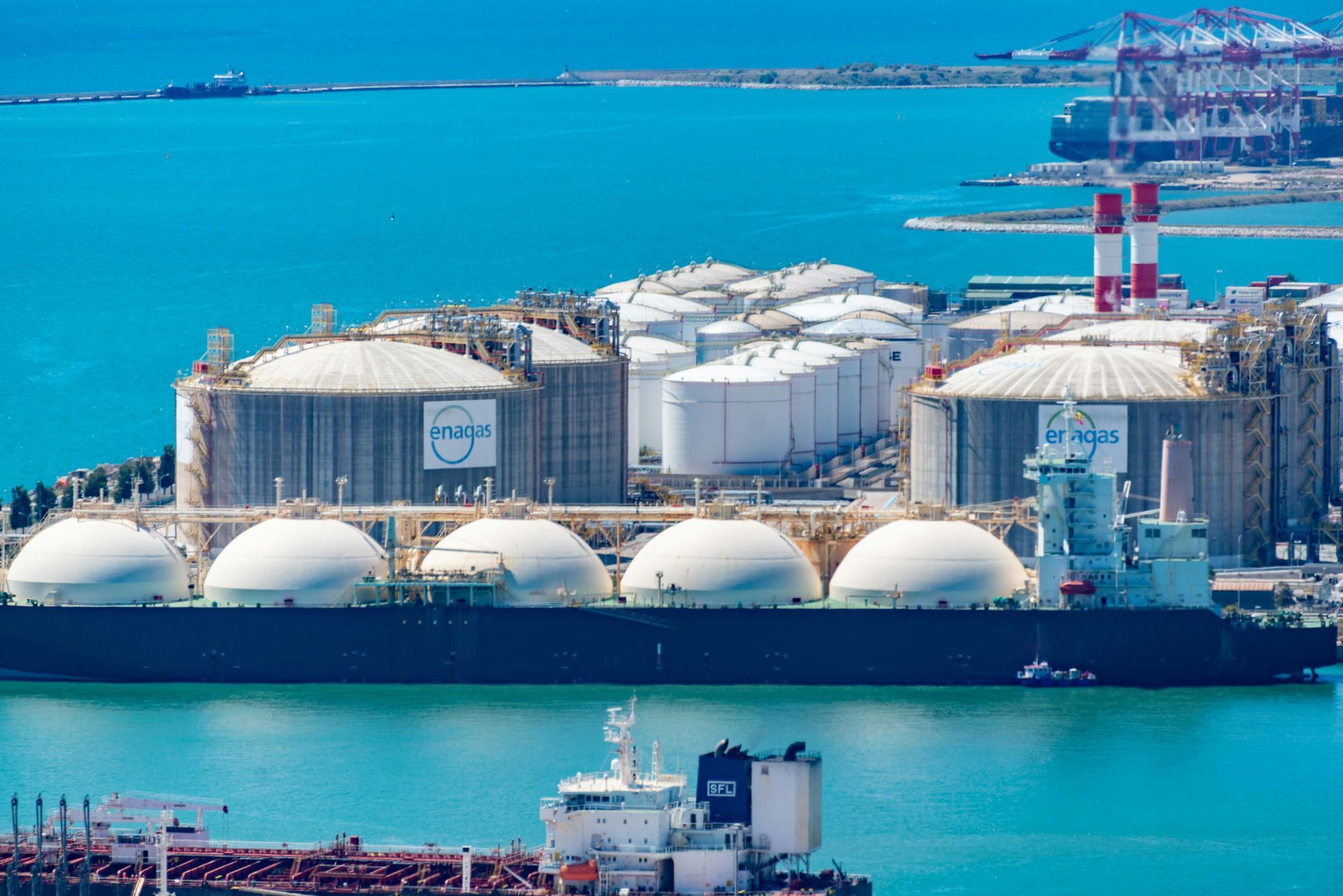Polyurethane Products: Helping Enable a Sustainable, Energy Efficient, and Climate-Neutral Future
Polyurethane chemistry has a unique set of qualities that allow these materials to be used by formulators in a variety of applications to improve our everyday lives. These applications include energy, infrastructure, and developing sustainable cities. For example, buildings equipped with spray polyurethane foam (SPF) and vehicles made lighter with polyurethane foam and adhesives utilize less energy and thus reduce carbon emissions, helping create a less carbon-dependent society and supporting the fight against climate change and ozone depletion. With its excellent strength-to-weight ratio, insulation and air sealing properties, durability, and versatility, polyurethanes help conserve natural resources and preserve the environment by reducing energy usage.
Through these benefits, polyurethanes can help with multiple United Nations Sustainable Development Goals (SDGs), including SDG 7 of “Affordable and Clean Energy,” SDG 9 of “Industry, Innovation and Infrastructure,” and SDG 11 of “Sustainable Cities and Communities.”
Polyurethanes Help Increase Access to Clean Energy and Reduce GHG Emissions
Sustainable Development Goal 7 aims to “ensure access to affordable, reliable, sustainable and modern energy for all.” Polyurethanes can help decrease energy costs by tightening up the building envelope and have been designed to work with cleaner energy alternatives to help reduce greenhouse gas emissions.
One example is how polyurethanes are used in building and construction applications. Building and construction accounted for nearly 44% of polyurethane consumption in the United States in 2021, making it the largest end-use market for polyurethanes materials. Gaps, holes, cracks, and air leaks in buildings can make energy bills unnecessarily high and let valuable resources go to waste. As much as 40% of a building’s energy is lost due to air infiltration. SPF offers a solution: it performs as both insulation and an air sealant, or air barrier, closing those nooks and crannies that let air escape and add extra cost to monthly energy bills. SPF also provides a moisture barrier without the need for any additional products.
Sealing buildings with SPF can reduce energy bills by up to 30%. Insulating and air sealing with spray foam reduces the amount of energy needed to heat and cool a home, thus reducing carbon emissions, increasing energy efficiency, and driving down utility bills. Analysis shows that spray foam products outperform other insulation and air sealing products for up to 67 years, continuing to save energy and reduce GHG emissions year over year.
Another example in renewable energy production is how polyurethane resins are used in wind turbine blade production. Their superior mechanical properties, fatigue resistance, workability, and compatibility with fiberglass, make them a solid choice for lighter and longer blade designs. Their low viscosity can enable a faster infusion than other thermoset resins during wind blade production. In addition, polyurethanes systems have been evaluated as low-cost, encapsulant material for solar panels due to their highly effective oxygen and moisture barrier properties as well as their excellent adhesion at the interface with the photovoltaic cells.
Polyurethanes Help Increase Racking Strength of Infrastructure
Sustainable Development Goal 9’s focus is to “build resilient infrastructure, promote inclusive and sustainable industrialization and foster innovation.” Polyurethane foam can help increase racking strength – the ability to resist heavy winds and storms – of buildings, creating stronger homes with a longer, more sustainable lifespan.
SPF is the only building product that can insulate, seal, and provide a moisture barrier without the need for any other products. The foaming effect helps “seal” the building not only to keep conditioned air inside the building, but also to prevent corroding elements, such as snow, water, and dirt from impacting and deteriorating the structure. Sealing attics with SPF can help prevent embers from entering the attic during wildfire events, preventing further loss of property.
For example, a SPF roofing system can have a lifespan that can exceed 30 years. Applying closed-cell spray foam in the cavities of the walls increases durability of the wall system because of the foam’s ability to conform and adhere to the surface upon which it is sprayed. A wall with spray foam insulation has a higher racking strength, or ability to maintain its shape under duress, compared to a wall assembly without spray foam.
According to the American Council for an Energy-Efficient Economy, energy-efficient buildings allow residents to shelter in place longer and reduce annual energy spending and overall net emissions. Energy-efficient buildings can help vulnerable populations avoid dangerous and occasionally life-threatening situations in which weather and economics could present a dual threat.
Polyurethanes Help Increase Energy Efficiency and Resiliency
Sustainable Development Goal 11 strives to “make cities and human settlements inclusive, safe, resilient and sustainable.” Polyurethane foam can help increase energy efficiency in buildings and transportation, contributing to more sustainable communities.
Rigid polyurethane and polyiso foams are made with a remarkably strong, yet lightweight, low-density structure that is both dimensionally stable and moisture-resistant with low vapor transmission. The qualities of rigid polyurethane and polyiso foam reduce energy transfer, resist moisture, maintain dimensional stability and seal against air drafts. The environmental benefits of rigid polyurethane foam include increased energy efficiency, fewer construction materials and reduced project weight.
Polyiso laminate boardstock, for example, is one of the most popular insulations used in conventional roofs. It is used primarily in roofing and wall insulation and accounts for the majority of total rigid polyurethane foam in construction applications.
Polyurethanes have been a material of choice when it comes to comfort, durability and lightweighting of vehicles and play a key role in making our transportation vehicles more sustainable. A smooth ride, void of excessive noise and vibration has been made possible through the use of polyurethanes materials in applications such as chassis, seatings, headliners and trunk floors. In addition to comfort, the lightweighting properties of these parts enable higher fuel efficiency for vehicles contributing to a lower carbon footprint during their lifecycle. Polyurethane materials are also expected to help enable the transition from an internal combustion engine (ICE) vehicle to an electric vehicle (EV).
One of the main areas of concern for electric vehicles is how far you can travel before you have to recharge – and at the heart of the EV revolution is the battery system. By replacing common materials such as steel with aluminum or polyurethane, original equipment manufacturers (OEMs) can reduce the weight of electric cars, allowing them to travel longer distances per charge. In addition, EV batteries are more resilient and able to last longer by isolating shock and vibration with polyurethane-based foam.
Polyurethanes’ qualities help make it an important component in energy efficiency, resilient infrastructure, and reducing greenhouse gas emissions. Access to clean energy, robust infrastructure, and innovation all contribute to developing sustainable cities and communities.







